A couple of months back, I did an Instagram Live tasting with this chap.

So Han Fan, purveyor of West China Tea.
I’ve “known” So Han for nearly six years. I put that in quotes because . . . we’ve never actually met in person. Our mutual tea-related hijinks only criss-crossed online. He first caught whiff of me as a tea blogger when I wrote extensively about my favorite puerh mountain – Nan Nuo Shan. He just so happened to work with a farming/processing genius from there named Li Shu Lin.
And since then, I’ve written extensively about his Nan Nuo farmer friend’s wares – even once in sonnet form. During our live talk, though, I got So Han to expound upon something of Mr. Lin’s that I hadn’t tried. That being his Yuán Shēng Tuó line of shou puerhs. Yuán Shēng Tuó literally translated to “Original Life Chunk”; a term coined by Li Shu Lin. It was a new form of small batch fermentation that sometimes allowed for the leaves to glom together into nuggets of ripe-y goodness.
Shou puerh is typically wet-piled (practically composted, really) in large . . . well . . . piles. Li Shu Lin—customarily—deviated from this approach. By focusing on smaller piles (a process called Xiǎo Duī Zi), as opposed to giant mounds, one could theoretically have more control over how each batch fermented. Yuán Shēng Tuó was merely a means of focusing that in even further. The whole thing sounded fascinating to me, and I wanted to try some.
So Han hooked me up with a coupon code for doing the live session, and I picked up what I thought were three Yuán Shēng Tuós. After I made the order, though . . . I realized I’d only picked up one. The other two were other shous he’d made, but batched (and then later aged)—all prior to when he perfected the Yuán Shēng Tuó method.
But this buying blunder provided me with another, almost-serendipitous opportunity.
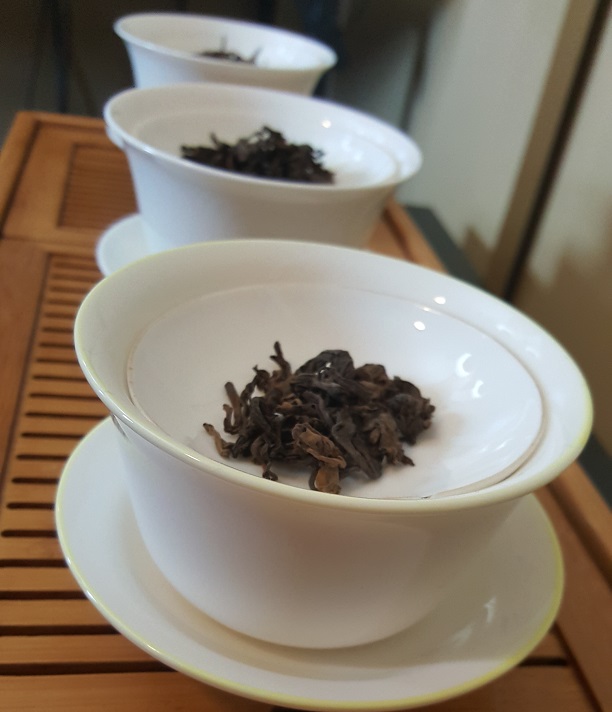
While I wouldn’t have the opportunity to try three Yuán Shēng Tuó small batch fermented shou puerhs, all three teas were still considered Xiǎo Duī Zi (“small batch fermentation”) teas. Meaning, I would be tasting how Li Shu Lin’s small batch fermentations had changed over the years. After all, one of the teas I purchased hailed from 2009, another was from 2015, and the one and only Yuán Shēng Tuó was from 2019 (I think?). Or close to it.
By way of tasting tray, I was going to time travel.
First up: the youngest. And the only Yuán Shēng Tuó of the three.
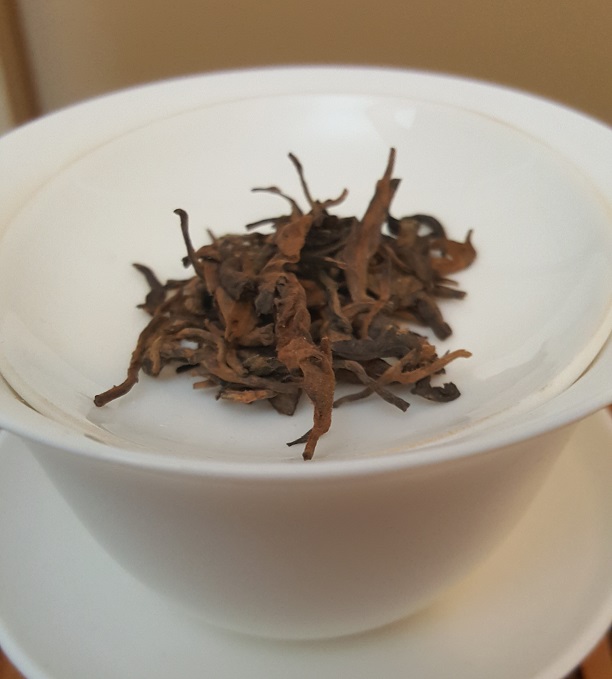
The first thing I noticed about the leaves were how gold the were. Almost like “Tippy Dian Hong” gold, but more faded, more ancient-looking. Like . . . gold stripped from the ruins of a sunken city; that kind of gold. The aroma they gave off lived up to the moniker; it was a very creamy fragrance, underscored by shou pu earth. Everything about it was markedly different.
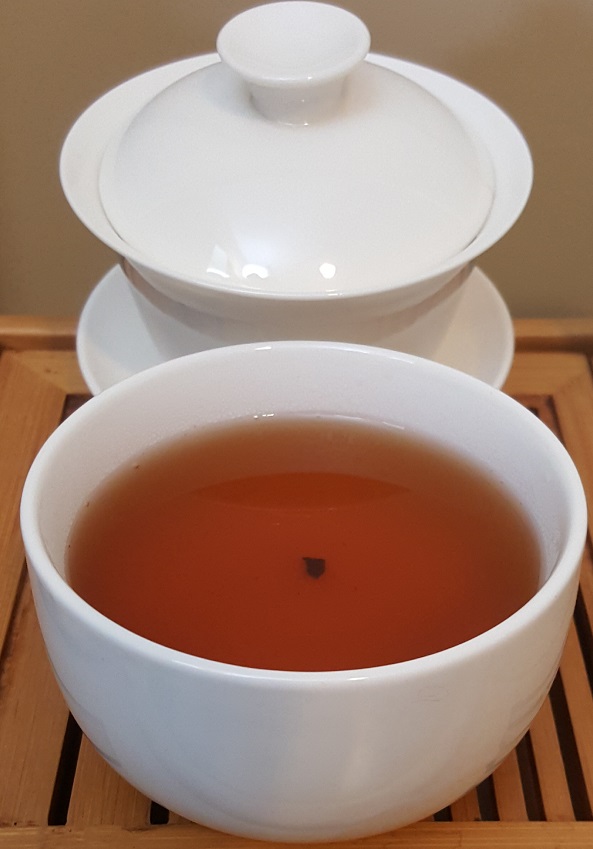
The forefront was crisp! Can’t say I ever ran into that before in a shou puerh. That, then, transitioned into a requisitely creamy top note. And the finish just lingered for seconds after the sip to remind me of the sweetness that was. Not a hint of the usual, shou puerh dankness at any stage of the slurp.
This one had an interesting sub-story. Apparently, So Han picked it up—not because it was made from “gooshoo” or drought year leaf material—but because it just . . . tasted damn good. That and it originated from one single batch of farm around Douyi village. Most industrial puerhs are either blends from related farms, or related mountains. Single batch, single patch, single mountain puerhs? Not all that common.
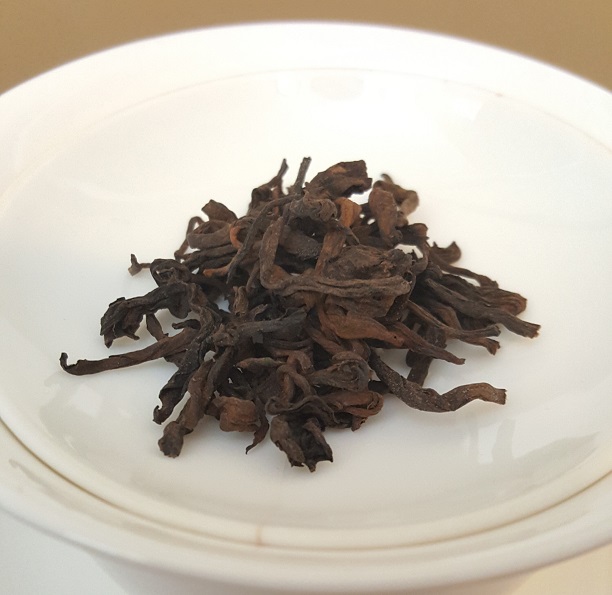
It looked just like the Cloud Cream in leaf quality and rolling, but the visual palate was far different—more “shou”-like. Meaning: the visual pallor of the leaves were more in line with its post-fermented category, dark brown and dusty looking. The aroma was more understated, didn’t detect any vanilla (of its namesake), but it gave off a pleasant earth-sweetness. No fishiness at all.
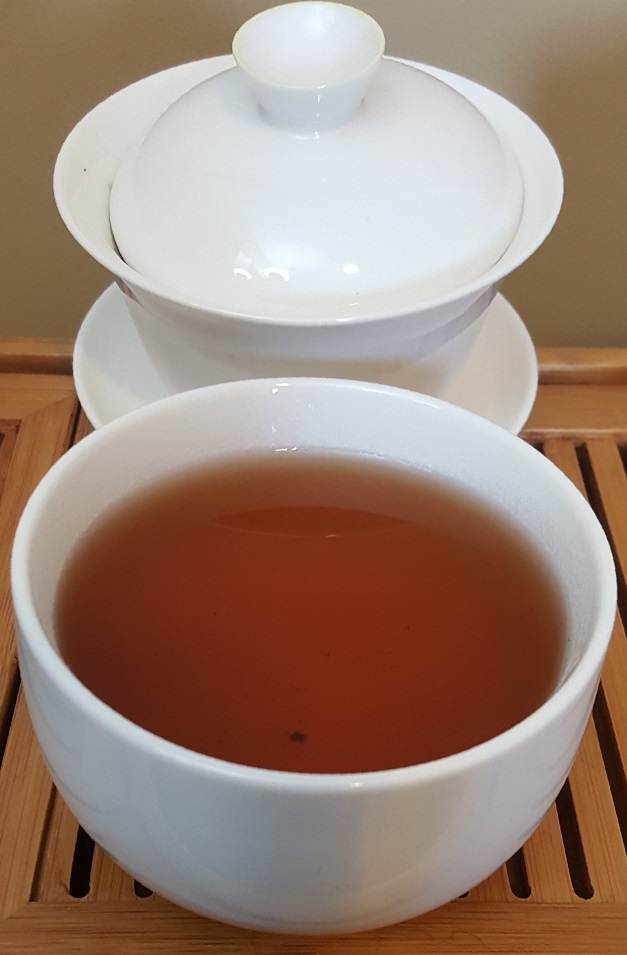
I was soooo surprised this. The forefront resembled the Cloud Cream, but then took off at hyperspeed to parts unknown. Vanilla-adjacent aspects showed up in the middle, with a top note that had sweetness and creaminess in roller-coaster loop deliveries. The finish ended on more of an earthy note, and it didn’t quite have the huigan of the Cloud Cream, but the aura of its wonder echoed throughout a cathedral in the back of my brain.
Some of the leaves in this batch looked like straight-up Lao Cha Tou nugs.
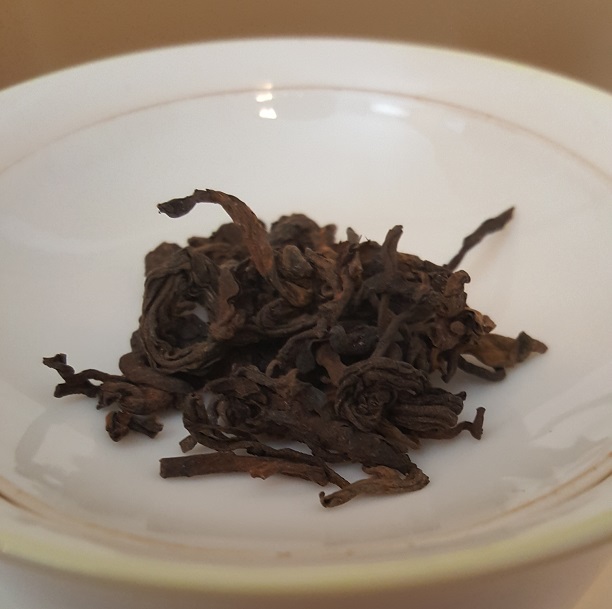
Many were simple maocha-like leaves in the batch, but others were chunks. Not sure if they underwent a more extensive rolling, or if—indeed—this was a Lao Cha Tou. The aroma was also expectedly old, betraying its decay of storage, but not unpleasant. Like the Vanilla Obscura, it also possessed a pleasant earth sweetness—only on a more “castle dungeon”-y level.
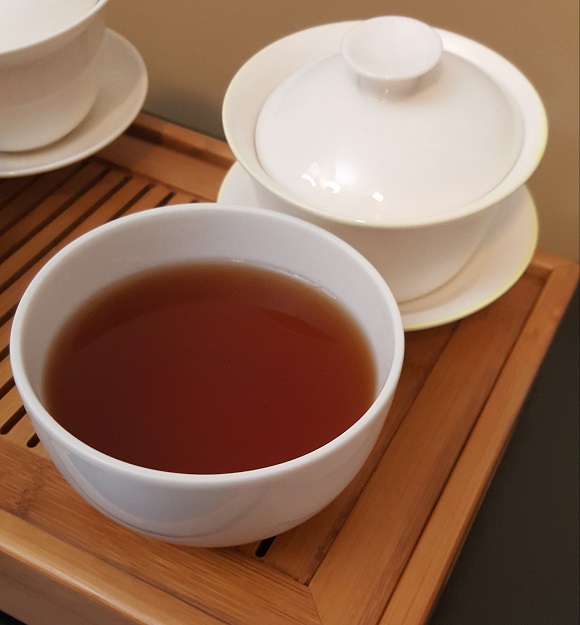
It’s amazing how these teas live up to their crazy names. The initial sip started off a lot like a usual shou puerh, then elevated to the decade-old guru that it was in the top note, and then caused a waterslide sensation of my pate chakra to acknowledge its buttery profile. Like the Cloud Cream, the flavor lingered; like the Vanilla Obscura, its memory lingered. This stuff was magic!
Obvious question: favorite? No. Because that wasn’t the point of this exercise. All were all equal footing. The real question: was this like time traveling through the development of Li Shu Lin’s small batch fermentation expertise? Unequivocally, yes.
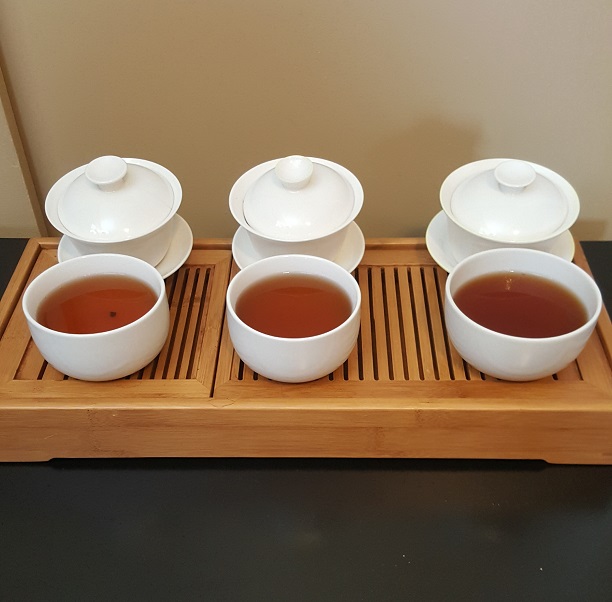
From the Rain Butter to the Cloud Cream, one could literally taste the tapestry and his brush-stroke techniques. The outpouring of love and skill showed through all three of these teas, and one could see where Li Shu Lin tweaked the recipe to get similar but just different enough results, ultimately leading to the current Yuán Shēng Tuó mastery. It truly was time traveling by way of a tea tasting. Or more aptly put . . .
It was like Raining Vanilla Butter below a dark (Obscura)in the Clouds . . . which was almost the title of this here article. You guys got lucky.
To buy Cloud Cream, go HERE.
To buy Vanilla Obscura, go HERE.
To buy Rain Butter, go HERE.
Leave a Reply